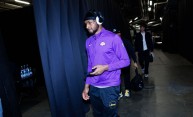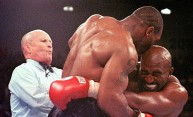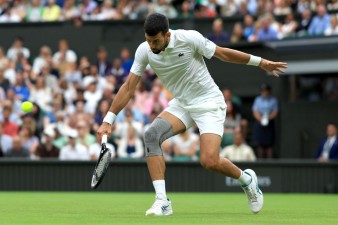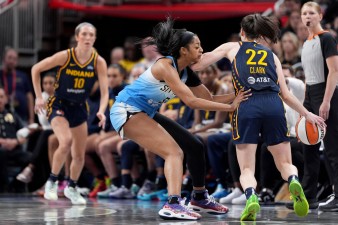The only thing more ridiculous than the NFL not attempting to fix its rules on catching a football is calling its current rule a good one.
However, that's precisely what Dean Blandino, NFL vice president of officiating, said during the Pro Bowl on NFL Network via USA Today Sports.
Dez Bryant Thinks Cowboys Made Progress Toward Super Bowl In 2015
He believes a minor tweak here or there might be a possibility, but the rule as it stands is good enough for the league to retain.
League officials "think that the rule is in a good place right now," Blandino said. "I really feel it's just communicating the rule and educating and showing video examples of what is and what isn't a catch," Blandino said. "There's a subjective element to the rule so there's always going to be those plays where we debate that subjective element. That's just part of it.
"Maybe there's another tweak that maybe we can make in the rule to make it easier to understand. But I don't anticipate any major changes."
Interest In Greg Hardy In 2016 Will Show How Hypocritical Teams Are Toward Ray Rice
For as many instances that brought up the notion that the rule needs to be revamped, the notion that the NFL doesn't believe an overhaul of the rule is required shows the disconnect the league and its officiating department has with its fans.
Calvin Johnson's non-catch during a Lions-Bears game in 2010 in which he caught the ball over the Chicago defender, took two steps, fell to the ground and then had the ball pop out when his arm made contact with the ground is completely inconsistent with the rule allowing players to stick the ball across the plain of the goal line and have that count as a touchdown, even if the ball gets knocked away.
Commissioner Roger Goodell has a committee formed in December to examine what constitutes a catch, but at this point, the move looks to be a public relations one at best.
For more content, follow us on Twitter @SportsWN or LIKE US on Facebook
© Copyright 2024 Sports World News, All rights reserved. Do not reproduce without permission.
















